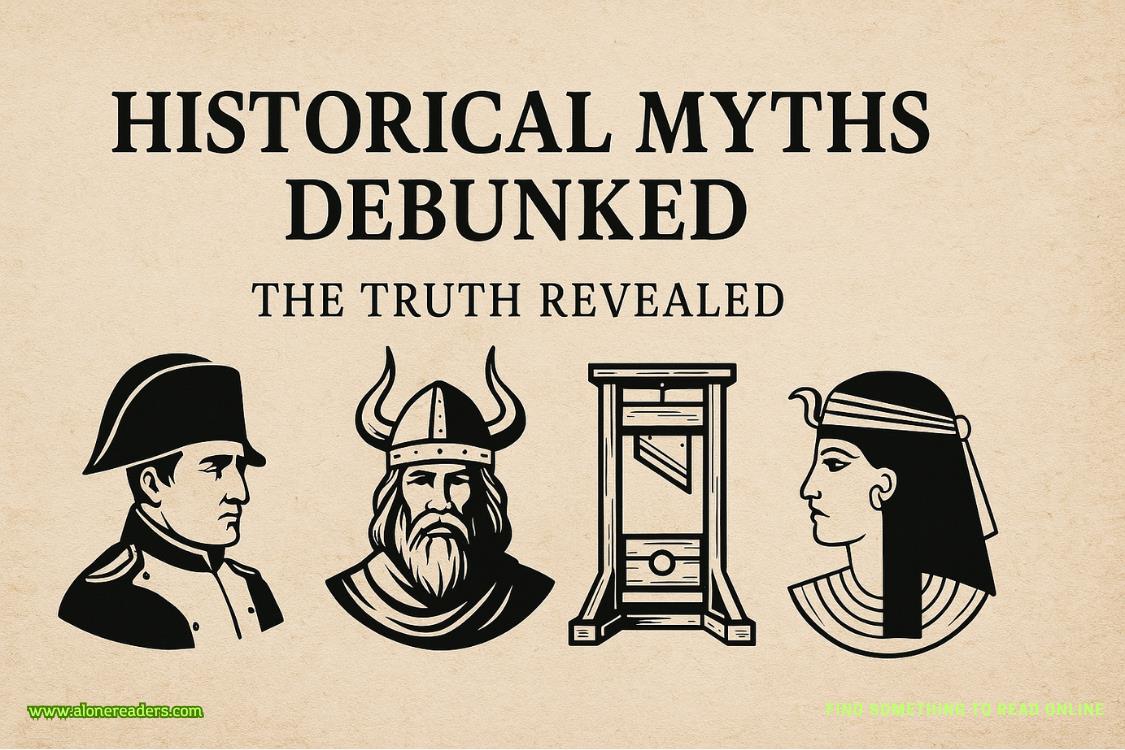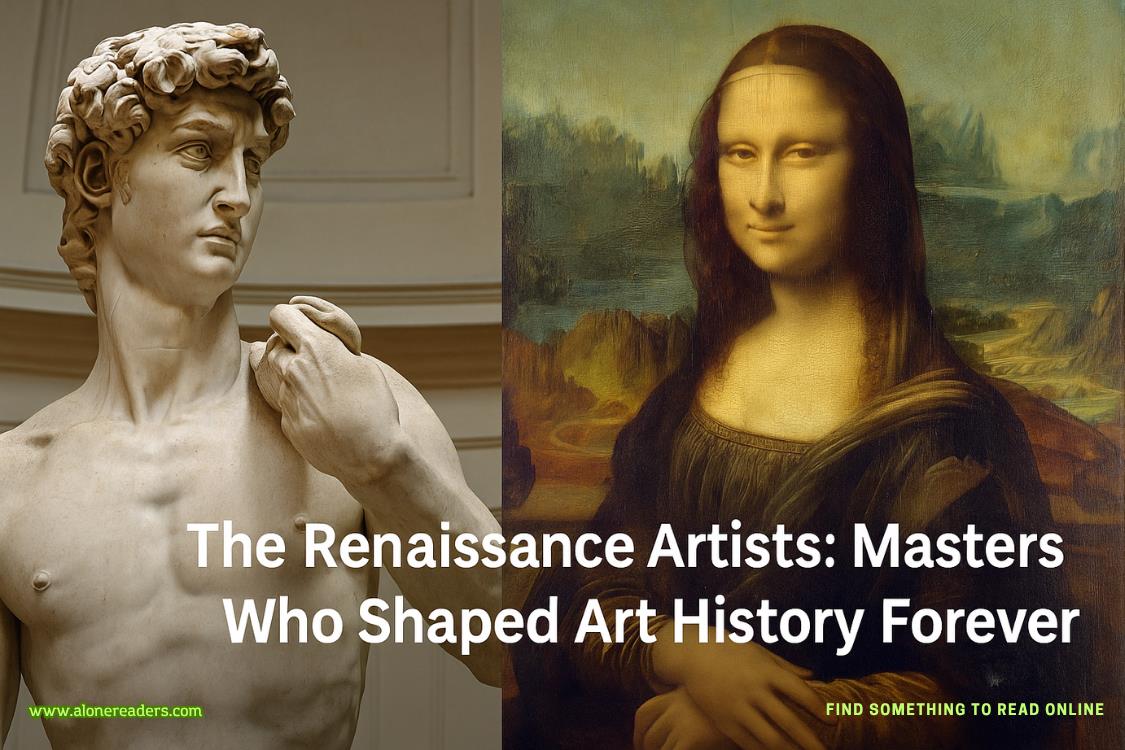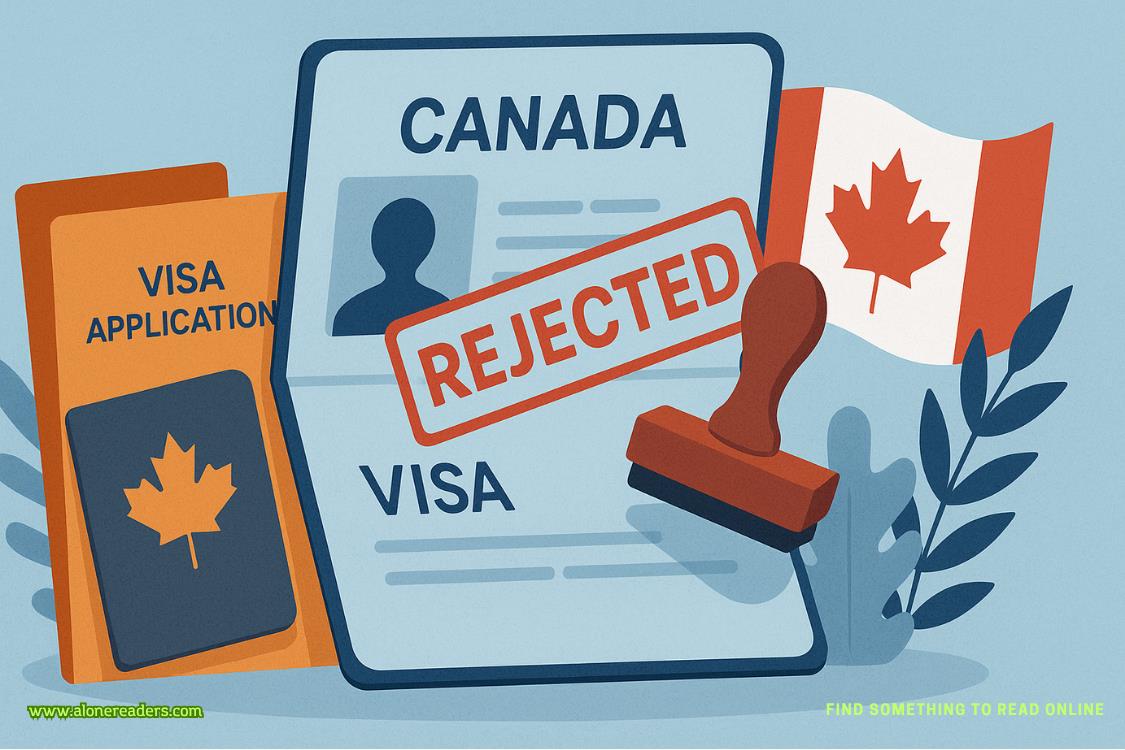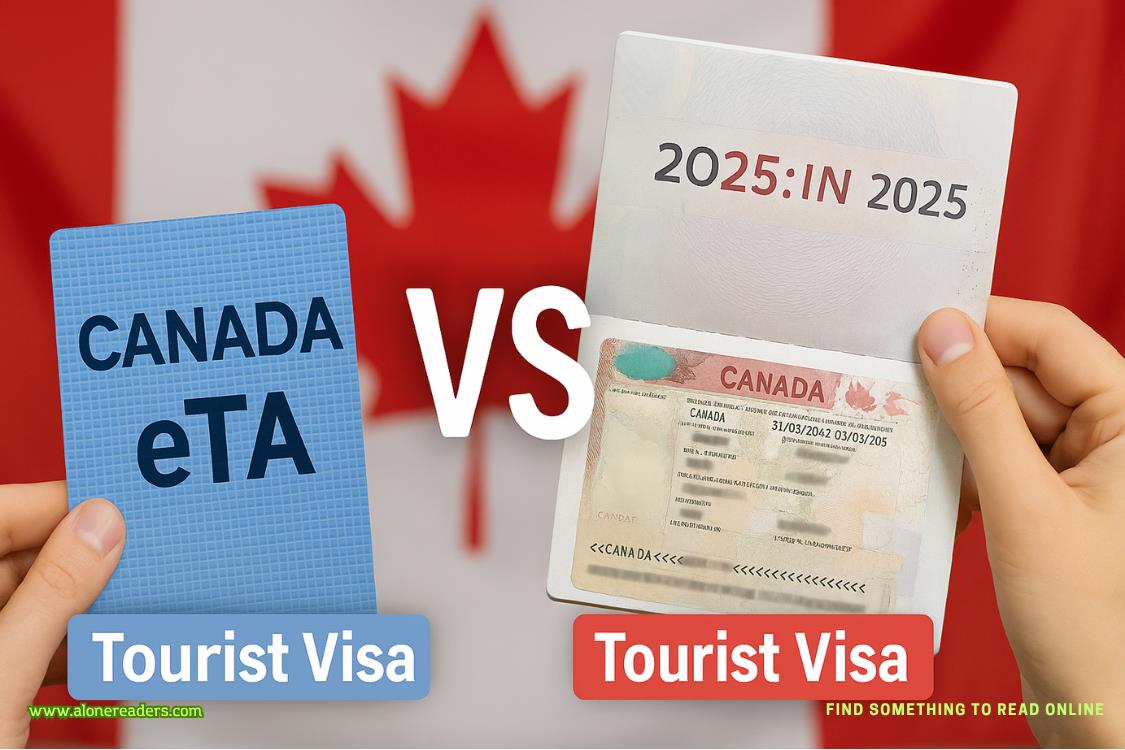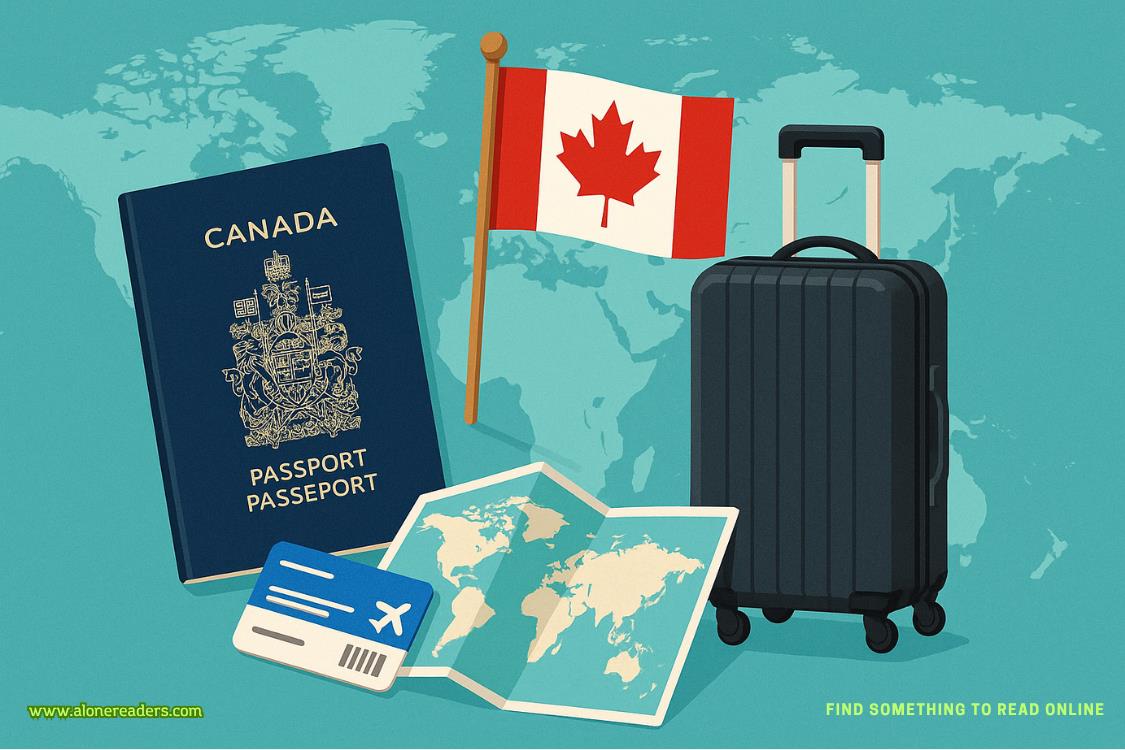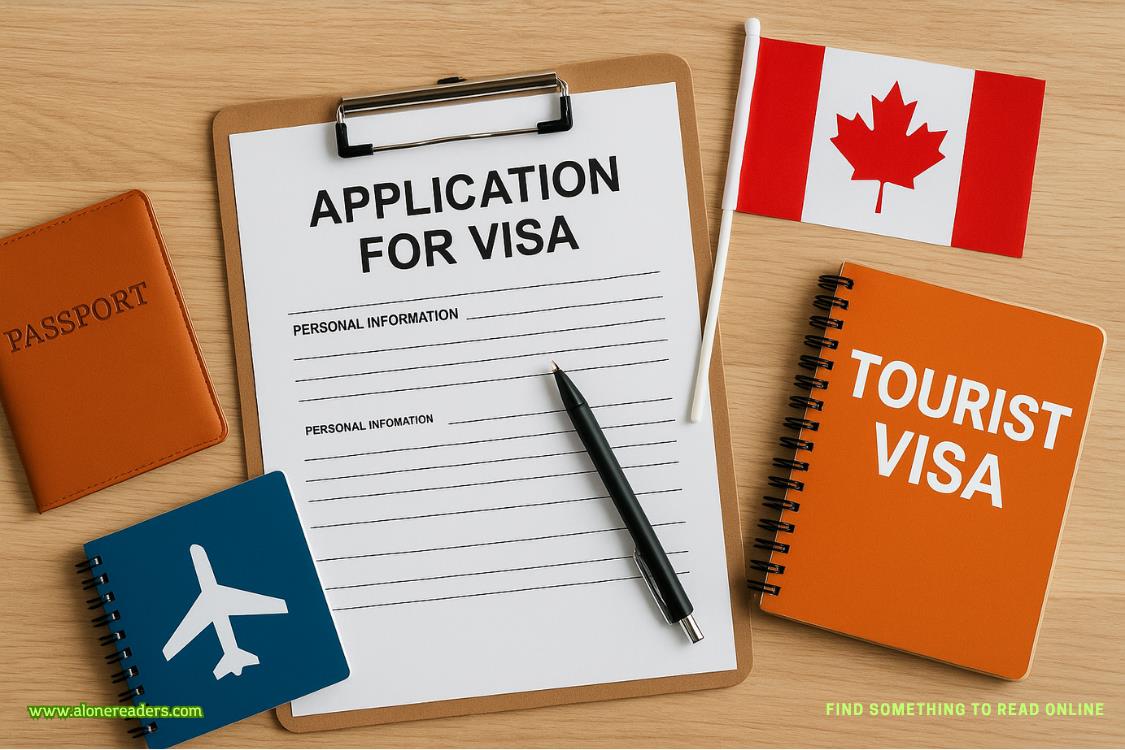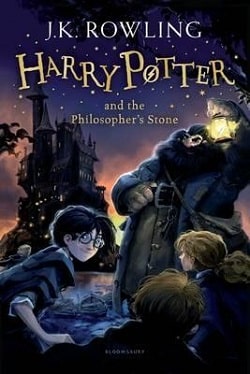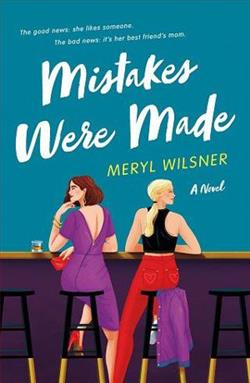“Do you now?” The woman is returning from behind us. “That sounds fascinating.”
Gray nods her way. “It is gratifying work. In that capacity, I have asked your First Constable Ross for permission to autopsy the deceased. I am hoping we might do that together.”
“Autopsy?” Dr. Rendall blinks. “Oh, dear. I think you had best come inside.”
Dr. Rendall shows us to the sitting room while the woman—his wife, as she’s now introduced—makes tea.
“I certainly know what an autopsy is,” Dr. Rendall says, “and I understand the need for it in such a situation, but I will be honest with you, Dr. Gray. I have never performed one. I am a country doctor, not a surgeon.”
“Understood.” Gray inclines his head. “I am comfortable taking the lead on this. I am not the police surgeon for Edinburgh. That is Dr. Addington. But I know him well. He performs his autopsies in my laboratory, and he would vouch for my ability to perform this one. My assist—” He stops dead. “I must apologize. I forgot to introduce my assistant. This is Miss Mallory Mitchell.”
I smile and incline my head. That really was an oversight—a testament to the fact that Gray is not nearly as calm as he seems. There are so manyways this could go wrong, and the smoother it seems to be going, the more he’s bracing for trouble.
“I can assist Dr. Gray in the autopsy,” I say. “Of course, if you wished to take my place, Dr. Rendall, you would be very welcome to do so. We understand this is most irregular.”
He smiles. “I appreciate the offer, lass, but I would have nothing to offer. I am not even certain I dare watch. There is a reason I went into medicine instead of surgery.”
His wife pipes up. “But if you have any need of extra hands, I would be happy to provide them. I would find it most interesting.”
“Thank you,” Gray says. “We would be happy to have you, either assisting or merely observing. Dr. Rendall, as you are not a surgeon, might I presume you lack a bone saw?”
“He does,” Mrs. Rendall says. “However, I have butchering tools, if it is not considered sacrilege to use them. We have our own sheep among the local herds, and I handle all of the butchering.” She smiles fondly at her husband. “He really is not a surgeon for a reason.”
“We will use whatever you have at hand,” Gray says. “As for whether such tools would be considered sacrilegious, I am certain that some of the old ones I handled at the college started life in a butcher shop.”
“Finish your tea then,” Mrs. Rendall says. “And we will find you a spot to do this.”
SIXTEEN
I know it’s magical thinking, but I can’t help but feel as if the universe likes to keep itself in balance. We drew one of the worst possible cards when it came to local law enforcement… and so the universe—or maybe the goddess of luck—balances it with the local physician. Gray keeps waiting for the proverbial other shoe to drop, but it doesn’t.
The Rendalls are a lovely old couple, happy to help in our endeavor with absolutely no interest in turning this into a pissing contest. This is as it should be, where if a visiting professional is deferential and understanding about stepping on another’s turf, the local pro will recognize their lack of experience and step back.
The only potential issue is, as Dr. Rendall said, he’s not a surgeon. That means he has neither surgical implements nor a surgical table. We’re performing the autopsy in the shed, on a butchering table currently being used for potting.
Gray doesn’t hesitate, even as we move the pots and wipe off the soil and Mrs. Rendall searches for the butchering tools that have been stored for fall. That’s one advantage to living in an earlier era, I think. You’re more accustomed to making do. I look back on all the times McCreadie or Gray teased me for flinching at the handling of evidence or the treatment of crime scenes, and I realize it wasn’t just teasing. They’re genuinely amused by my struggle to work in less than ideal circumstances. For them, that’s the norm.
If anything, Gray approaches this as an intriguing challenge. He’s never conducted an autopsy in a garden shed using saws and knives for butchering sheep. How will that be different? What will he need to do to adapt? Can he learn anything from this for future situations, where he might not have the tools he needs?
I need to learn how to do that myself. To not shudder as someone pockets evidence, but to remind myself that it doesn’t matter here—no DNA, no chain-of-evidence rules, not even the possibility of using fingerprints at court. Instead of trying to change their attitudes, change my own. Concentrate on the things that matter and accept a lack of control over the rest.
Here, I do that by focusing on lighting. Forget the dirt and the less-than-sanitary tools. None of that matters with a dead body. Lighting does matter, and it’s horrible, with just a swinging overhead lantern. As Gray and Dr. Rendall prepare the table, Mrs. Rendall and I gather more lanterns and lamps and put them on every surface. Then Dr. Rendall retreats to his garden with a hearty “Good luck!” and we begin the autopsy.
While Gray and I have worked on plenty of dead bodies, Addington is the police surgeon, which means he conducts the autopsies. If Gray can, he examines the body first, as he did with Sinclair. Then, because Addington conducted the autopsy in Gray’s lab, Gray can check Addington’s findings and perform any additional work. So while itfeelsas if I’ve done autopsies with Gray, I’ve only been there for the post-autopsy examinations.
Has Gray performed a full autopsy before? I noted that he never actually said that to Dr. Rendall. He said Addington would vouch for hisabilityto perform one. I suspect Gray did one or two in college, but he must know what he’s doing, because he’d never imperil a murder investigation.
This isn’t the first autopsy I’ve stood in on. Back home, I witnessed them whenever I had the opportunity. It’s different here, and not only because it’s hardly a sterile morgue with shiny modern tools. For one thing, there’s a cloth over Sinclair’s genitals, and it’s not a tiny scrap of fabric. Gray has laid a foot-wide swath of cloth over that portion, partly for Mrs. Rendall and me, but also just because it’s considered showing proper respect to the deceased.
As with any postmortem exam, the blades don’t come out right away. The on-site external exam was done while Sinclair was fully clothed. Now that he is not, step one is to conduct a complete external examination.
Mrs. Rendall holds an oil lamp over his body and adjusts the placement as directed by Gray. Beginning at the top of Sinclair’s head, Gray and I move down his body, checking it thoroughly and noting every bug bite and healing bruise and scabbed-over scrape. Almost all of those occurred at least a day before his death, judging by the amount of swelling and healing. There are two exceptions. One is a scrape on one knee, presumably from striking a rock in his fall. The other is his broken nose, again presumably from his fall.
We find nothing on his hands that we’d consider defensive wounds. Dirt under his fingernails makes it difficult to be sure there isn’t skin under there, too, but we take scrapings… which would be far more useful if Isla’s microscope were far more portable. Or if she had any reason to pack it for a wedding getaway. We take combings from Sinclair’s hair, but all I see there are flakes of what is likely dried pomade.
Once that’s done, we turn Sinclair over. The head wound is the obvious point of interest, but we leave that for now. What catches our attention first is a light bruise between his shoulder blades.
“That’s recent, isn’t it?” I say. “It hasn’t purpled.”




